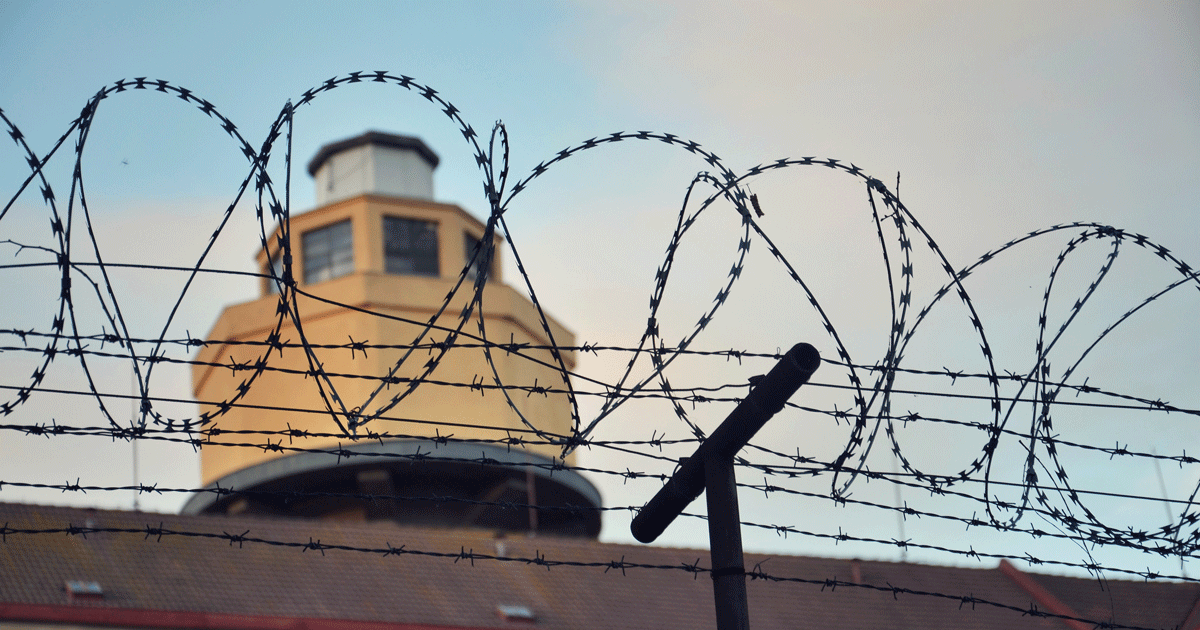In the future, the majority of jobs in the U.S. will not be high paid. Gone are the days when you could earn a family-supporting wage with a high school degree. At Michigan Future, we’re looking at what this great shift (which is not likely to reverse, despite what the candidates for President will tell you) means for most Michiganders. For those not prepared for a knowledge industry job, making a living is going to be even more difficult.
And there’s another population for whom the challenges to participating in the economy are even greater: those who have been to prison. There is no way Michigan can enter an era of broad prosperity when it is incarcerating 770 out of every 100,000 residents, and spending 20 percent of its general fund budget on corrections. The costs to the state swell far beyond the actual cost of incarceration, when you factor in the experience of those who are re-entering society from prison. They face incredible difficulty finding employment, prohibitions on qualifying for welfare, housing discrimination, and issues with substance abuse, among other challenges. This swirl of challenges certainly plays a role in Michigan’s recidivism rate, which has hovered around 30 percent for the past decade.
About half of US states have passed prison reform bills in the past decade that attempt to reduce prison populations by reducing mandatory minimums, reclassifying nonviolent crimes and drug offenses, increasing the flexibility of judges in imposing sentences, easing the transition to parole, and reducing barriers ex-offenders face once they have served their time.
In Michigan, a package of bills working its way through the legislature would adopt a number of practices that have been implemented in other states. These include:
- Presumptive parole: assuming that low-risk prisoners will be released on parole once they are eligible, rather than requiring them to prove they qualify.
- “Swift and sure” probation, which tries to limit the number of parolees who end up back in prison due to technical parole violations.
- Alternative sentencing procedures to help young offenders avoid prison.
- Giving judges greater flexibility in shortening sentences for good behavior.
While a promising start, this package primarily focuses on lowering the number of people currently in prison (relating to parole) rather than using reduced mandatory minimums, reclassification of non-violent crimes, or the expansion of alternative sentencing procedures—all approaches that help people avoid prison in the first place.
Michigan Future has long been an advocate for Michigan’s leaders to understand the new economy and how our economic growth will be the result of the extent to which we educate our residents and create places where talented people want to live. But we cannot write off the thousands of individuals—not to mention, their families—who have served their time and are hoping to reenter our communities and economy.
There is every reason to believe that, in Michigan, bipartisan support can be found for some of the approaches the data suggest are most effective in reducing the number of people in prison and the rates of recidivism—vital elements in building a prosperous Michigan. This is an issue worth paying attention to.







